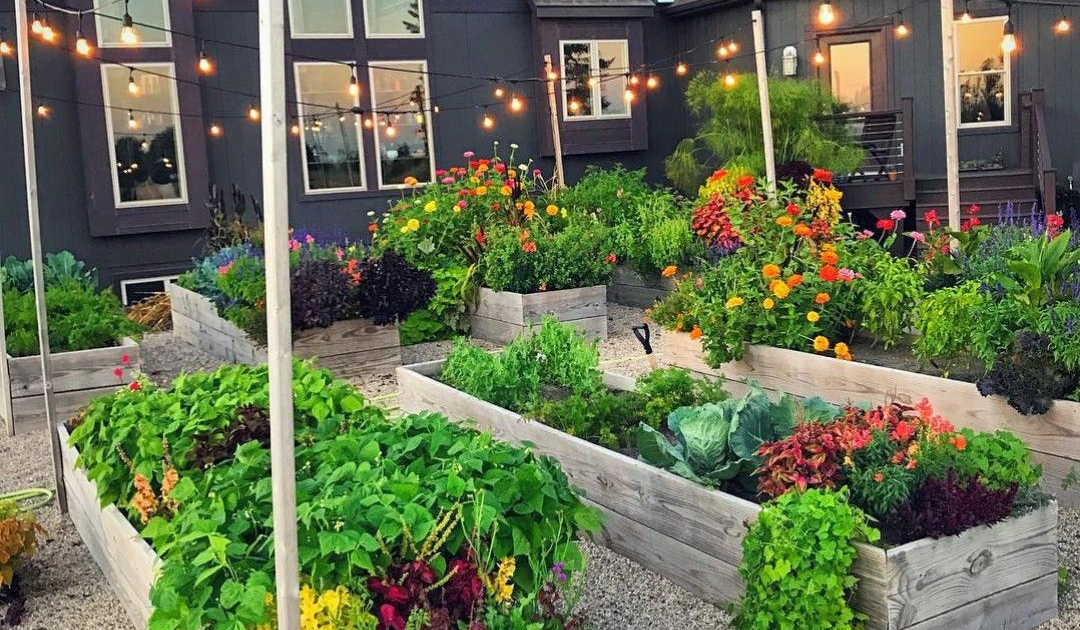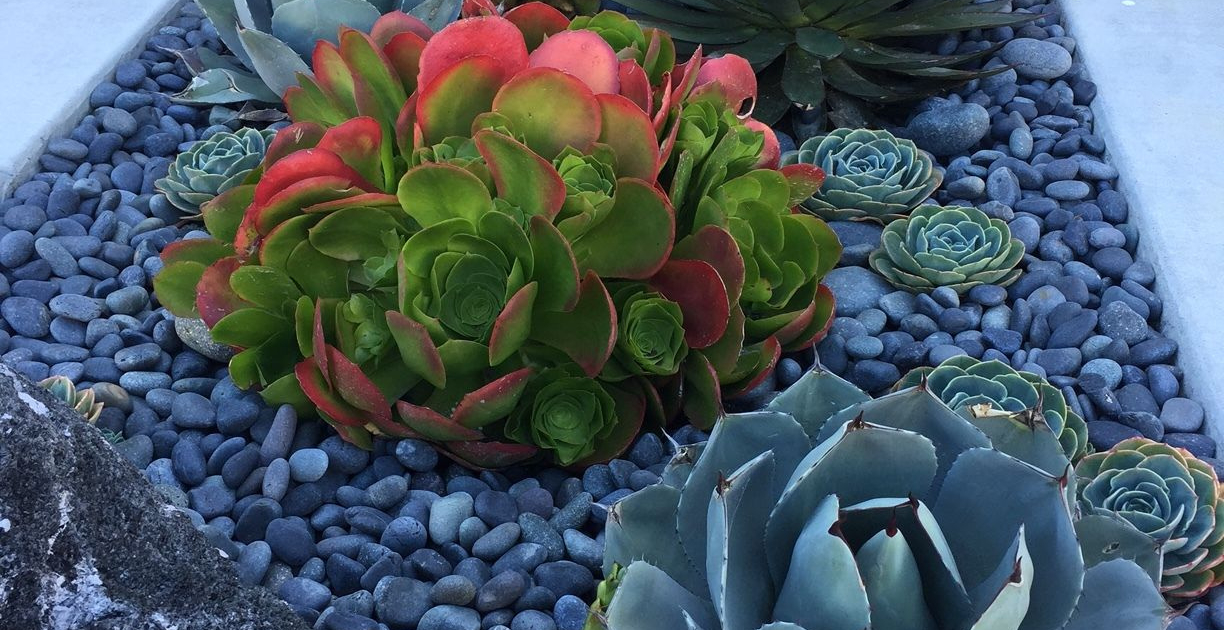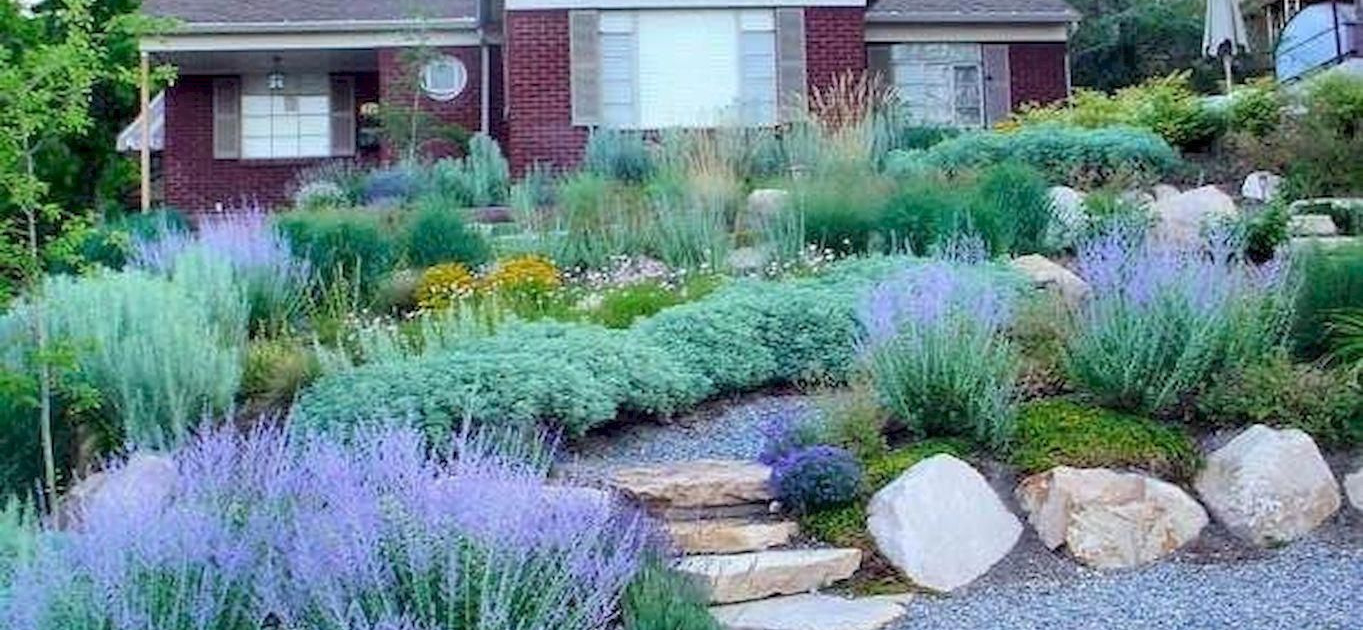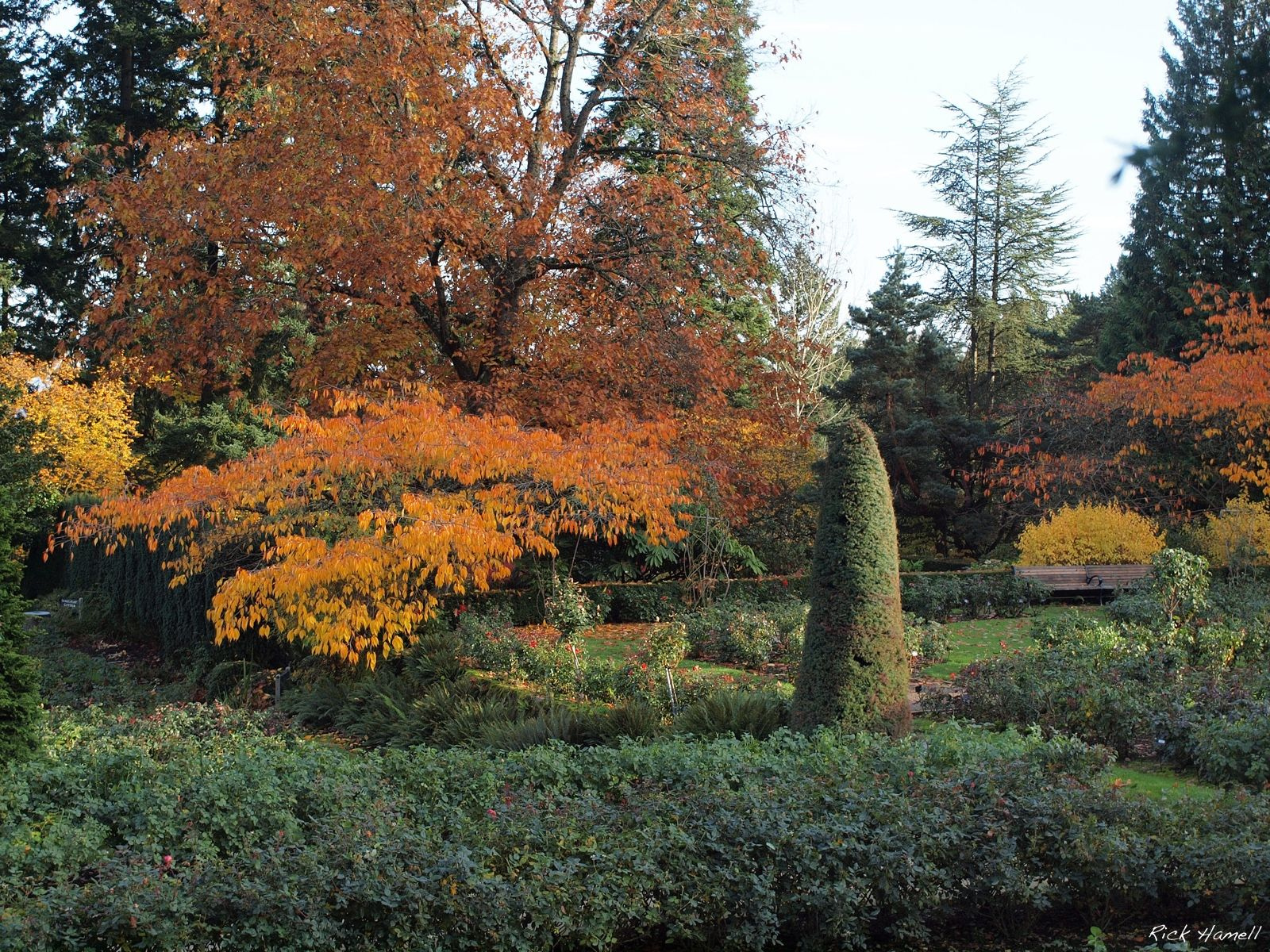As autumn unfolds across British Columbia, the changing leaves and cooler air signal an ideal time for homeowners and gardening enthusiasts to engage in landscaping projects. The distinct climates of the Lower Mainland, Vancouver Island, and the Okanagan BC present unique opportunities and challenges for fall gardening endeavors. Understanding the regional climatic nuances can guide residents in selecting and executing landscaping projects that enhance the beauty and resilience of their outdoor spaces in harmony with the local environment.

Lower Mainland
Lower Mainland
The Lower Mainland, with its mild, wet climate and relatively warm winters, offers a prolonged gardening season. The high precipitation levels during fall and winter require attention to drainage and the selection of plants that thrive in moist conditions.
- Rain Gardens: Creating a rain garden can be an effective and beautiful way to manage excess rainwater, reduce runoff, and support local wildlife. Incorporating native, water-tolerant plants that absorb excess water can turn problematic areas into landscaping highlights.
- Lawn Maintenance: Aerating and overseeding lawns help relieve compaction and introduce hardy grass varieties that can withstand the soggy conditions common in fall and winter.

Vancouver Island
Vancouver Island
Vancouver Island shares the mild, maritime climate of the Lower Mainland but with more variability due to its geography. The island’s west coast is wetter and wilder, while the eastern side enjoys drier, sunnier conditions.
- Windbreaks and Privacy Screens: Planting native shrubs and trees as windbreaks can protect more sensitive areas of your garden from the strong coastal winds, especially in the more exposed western parts.
- Edible Gardens: Fall is a great time to plant garlic and overwintering onion sets, as well as to prepare the soil for early spring planting. The milder climate allows for a longer growing season for cool-weather crops.

Okanagan
Okanagan
The Okanagan’s semi-arid climate presents a contrast to the coastal regions, with hot summers and cold winters. Fall landscaping efforts here focus on water conservation and preparing for frost.
- Xeriscaping: Incorporating drought-tolerant native plants into your landscape design reduces the need for irrigation and creates a garden that is in harmony with the local climate.
- Mulching and Soil Preparation: Applying a thick layer of mulch helps retain soil moisture and protect plant roots from freezing temperatures. Preparing vegetable beds with compost and cover crops in the fall can enhance soil fertility for the next growing season.
Common Fall Landscaping Activities Across BC
- Despite the climatic differences, certain fall landscaping activities are beneficial across all three regions:
- Bulb Planting: Planting spring-flowering bulbs like tulips and daffodils in the fall ensures a burst of color after the winter. The cooler soil temperatures provide the dormant period these bulbs require to bloom.
- Tree and Shrub Planting: Autumn’s cooler temperatures and increased rainfall provide an ideal environment for new trees and shrubs to establish their root systems.
- Garden Clean-Up: Removing dead foliage and debris from your garden prevents the overwintering of pests and diseases. However, consider leaving some leaf litter as habitat for beneficial insects and wildlife.
- Irrigation System Maintenance: Winterizing your irrigation system to prevent freeze damage is crucial, especially in the colder Okanagan region.


